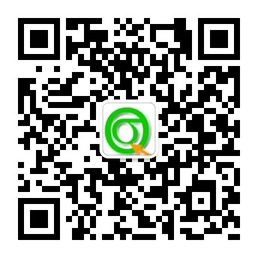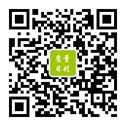Seven Basic Quality Tools
1、Fishbone Diagram
Also Called: Cause-and-Effect Diagram, Ishikawa Diagram
Variations: cause enumeration diagram, process fishbone, time-delay fishbone, CEDAC (cause-and-effect diagram with the addition of cards), desired-result fishbone, reverse fishbone diagram
Description
The fishbone diagram identifies many possible causes for an effect or problem. It can be used to structure a brainstorming session. It immediately sorts ideas into useful categories.
When to Use
When identifying possible causes for a problem.
Especially when a team? thinking tends to fall into ruts.
Procedure
Materials needed: flipchart or whiteboard, marking pens.
Agree on a problem statement (effect). Write it at the center right of the flipchart or whiteboard. Draw a box around it and draw a horizontal arrow running to it.
Brainstorm the major categories of causes of the problem. If this is difficult use generic headings:
Methods
Machines (equipment)
People (manpower)
Materials
Measurement
Environment
Write the categories of causes as branches from the main arrow.
Brainstorm all the possible causes of the problem. Ask: ?hy does this happen??As each idea is given, the facilitator writes it as a branch from the appropriate category. Causes can be written in several places if they relate to several categories.
Again ask ?hy does this happen??about each cause. Write sub-causes branching off the causes. Continue to ask ?hy??and generate deeper levels of causes. Layers of branches indicate causal relationships.
When the group runs out of ideas, focus attention to places on the chart where ideas are few.
Also Called: Cause-and-Effect Diagram, Ishikawa Diagram
Variations: cause enumeration diagram, process fishbone, time-delay fishbone, CEDAC (cause-and-effect diagram with the addition of cards), desired-result fishbone, reverse fishbone diagram
Description
The fishbone diagram identifies many possible causes for an effect or problem. It can be used to structure a brainstorming session. It immediately sorts ideas into useful categories.
When to Use
When identifying possible causes for a problem.
Especially when a team? thinking tends to fall into ruts.
Procedure
Materials needed: flipchart or whiteboard, marking pens.
Agree on a problem statement (effect). Write it at the center right of the flipchart or whiteboard. Draw a box around it and draw a horizontal arrow running to it.
Brainstorm the major categories of causes of the problem. If this is difficult use generic headings:
Methods
Machines (equipment)
People (manpower)
Materials
Measurement
Environment
Write the categories of causes as branches from the main arrow.
Brainstorm all the possible causes of the problem. Ask: ?hy does this happen??As each idea is given, the facilitator writes it as a branch from the appropriate category. Causes can be written in several places if they relate to several categories.
Again ask ?hy does this happen??about each cause. Write sub-causes branching off the causes. Continue to ask ?hy??and generate deeper levels of causes. Layers of branches indicate causal relationships.
When the group runs out of ideas, focus attention to places on the chart where ideas are few.
没有找到相关结果
已邀请:





10 个回复
stop_h (威望:0)
赞同来自: